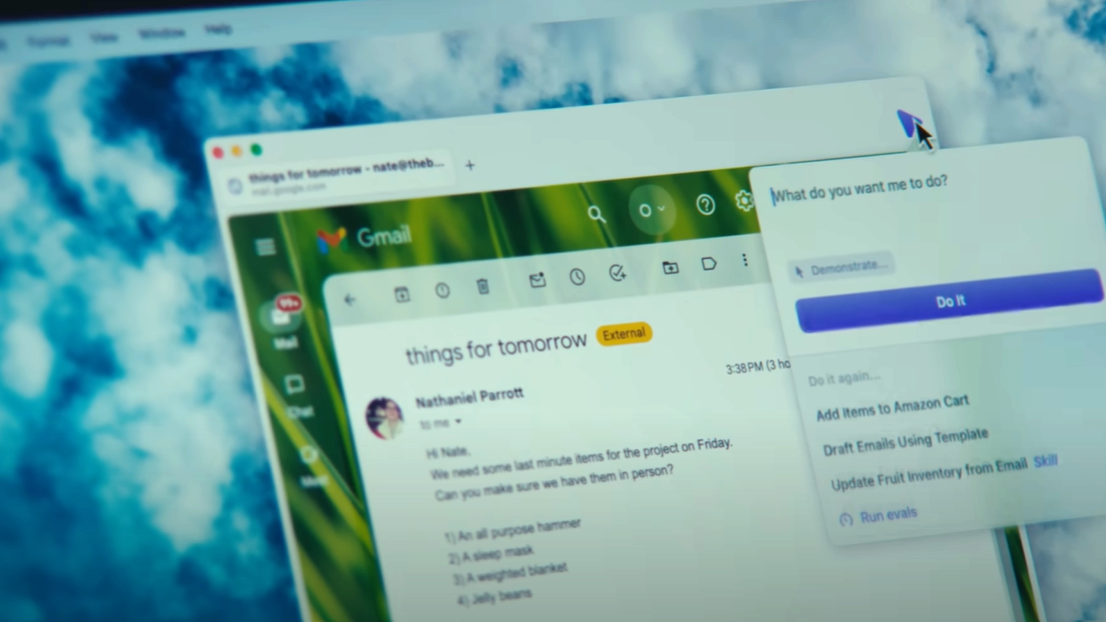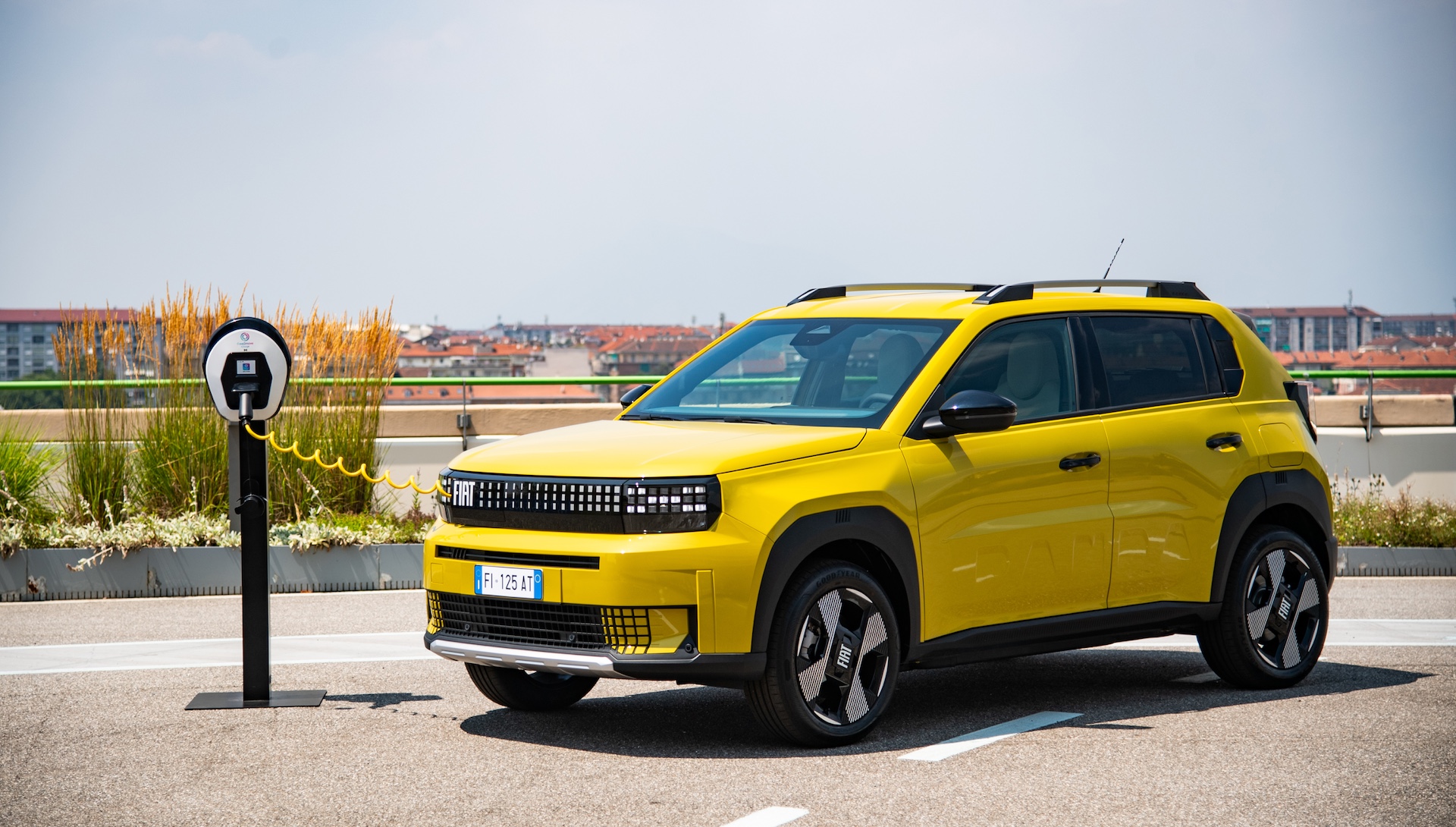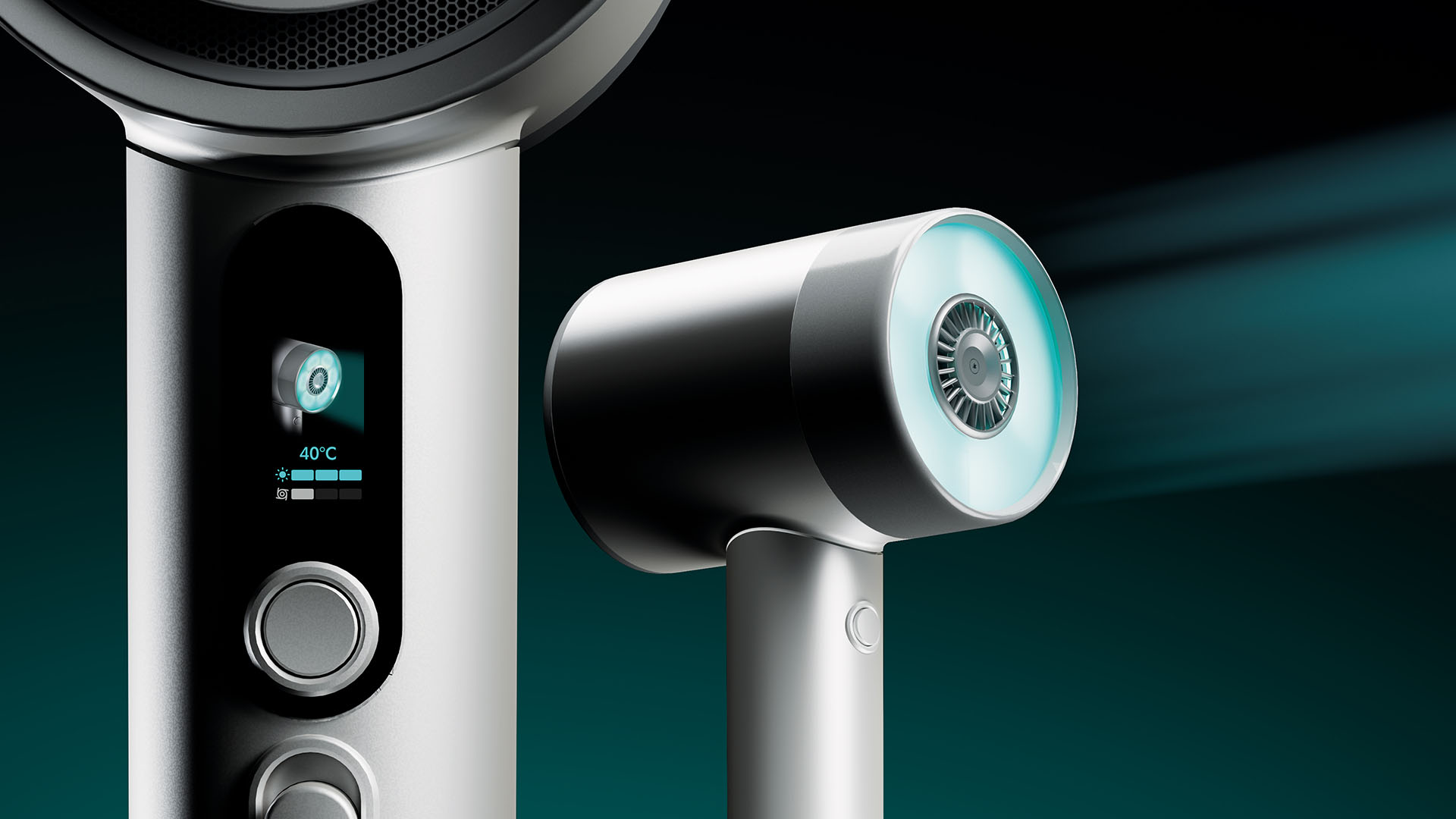- US government representatives say at least eight US telcos were compromised by the Chinese
- The hackers have probably not yet been completely removed
- China is currently not responding to the claims
Salt Typhoon’s reach is a lot wider than initially thought, compromising numerous telecommunications companies and other organizations in both the private and public sector, around the world.
This is according to the representatives of the White House, the FBI, and CISA, who recently held press briefings to update the public on their findings regarding Salt Typhoon’s apparent mass-surveillance campaign.
The officials said that Salt Typhoon’s victims are located in dozens of countries around the world.
Evicting the squatters
While the full scope of the attack is yet to be determined, we do know that the attackers targeted telecommunications organizations in the States. In fact, it was said during the briefing that eight US telcos were compromised, up from four that were previously known.
So far, T-Mobile, Verizon, AT&T, and Lumen Technologies have all confirmed having been targeted by Salt Typhoon.
The campaign lasted for years, it was added. However, there is currently no evidence that the hackers managed to grab any classified communications.
As new information emerges, this attack seems to be turning into a major escalation. Salt Typhoon is a Chinese, state-sponsored threat actor focused on cyber-espionage against western targets. For months now, cybersecurity experts, government agents, and the media have been reporting on Salt Typhoon’s attacks on internet service providers, telecommunications firms, and similar companies. The targets have been working hard on cleaning up their IT systems, but according to CISA, there’s still work to be done.
"We cannot say with certainty that the adversary has been evicted, because we still don't know the scope of what they're doing. We're still trying to understand that, along with those partners," a senior CISA official said in a Tuesday press call, BleepingComputer reports.
China did not yet issue an official statement or comment regarding these allegations. In the past, the country’s representatives have vehemently denied any wrongdoing, instead accusing the United States of being the world’s cyber-bully.
Via BleepingComputer
You might also like
- Cisco warns a decade-old vulnerability is back and targeting users
- Here's a list of the best firewalls today
- These are the best endpoint protection tools right now







